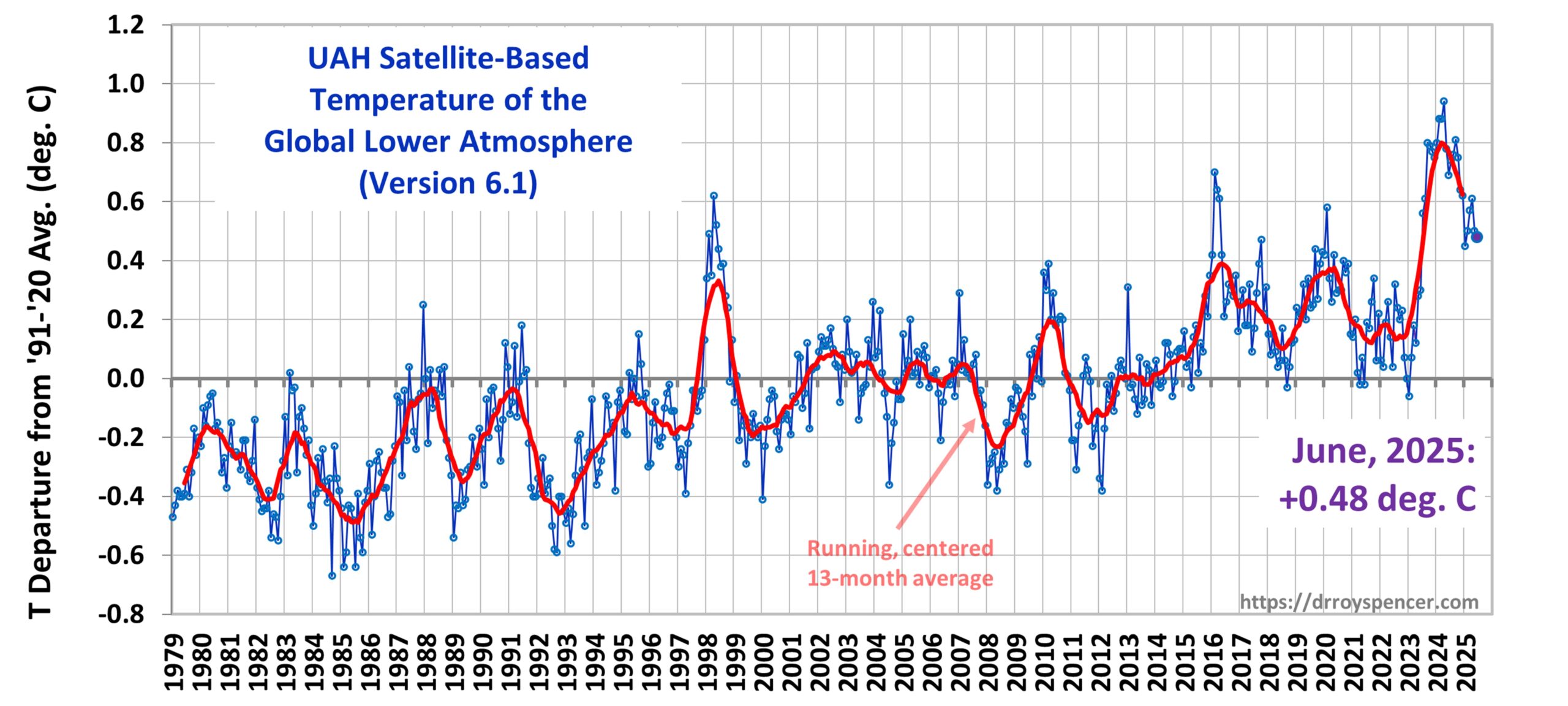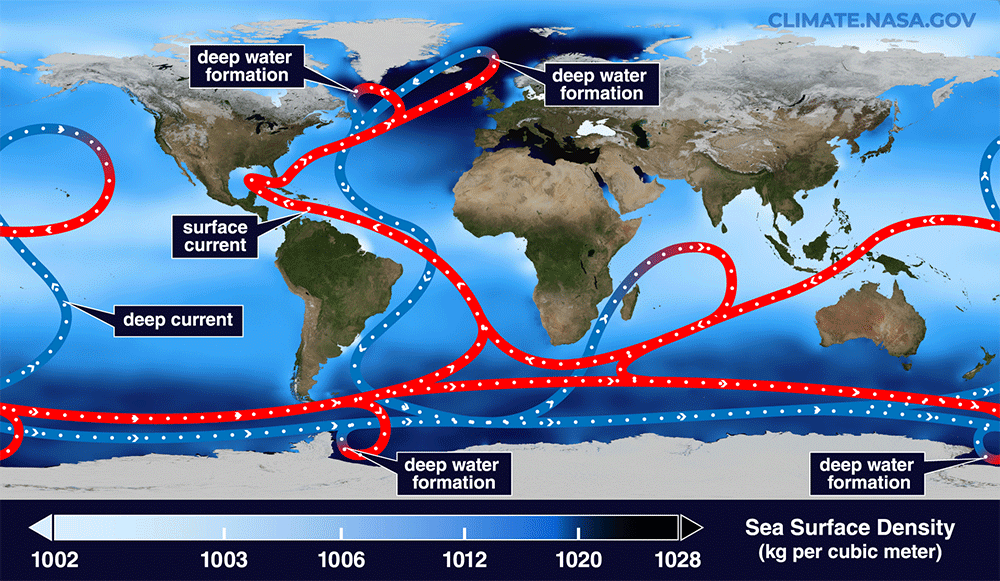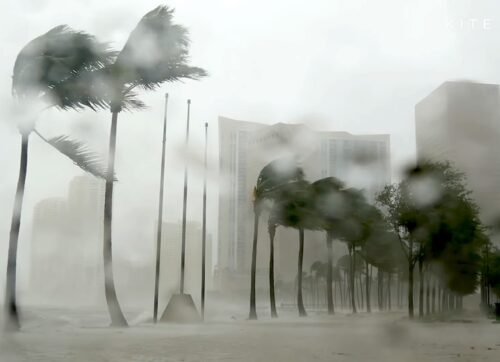by L. Lueken, July 16, 2025 in WUWT
A recent article at Al Jazeera, titled “Wildfire risks as climate change fuels extreme heatwave in Southern Europe,” claims that recent heatwaves in parts of southern Europe are due to climate change, which the publication says is making them more intense, and will inevitably cause more deaths. This is false. Recent heatwaves are not outside of historic norms, and though Al Jazeera correctly identifies the urban heat island effect as a major contributor, they downplay its role in recent trends and the evidence concerning temperature related deaths.
Al Jazeera reports that authorities across several southern European countries have issued heat warnings and fire warnings, “as Southern Europe experiences the summer’s first severe heatwave and as experts link the rising frequency and intensity of soaring temperatures to climate change.”
Countries impacted are: Spain; Portugal, where Al Jazeera says Lisbon is “expected” to see temperatures around 107°F; the Italian island of Sicily, which saw some wildfires over the weekend; and Greece.
Much of the article presents a reasonable discussion of the dangers heatwaves can pose, like increases in the likelihood of wildfire outbreaks and heat stroke. Unfortunately, the author of the post proceeds to make unfounded claims regarding the cause of the summer heat, like that “extreme weather events are becoming increasingly common across Europe’s southern region due to global warming.”
This is false; extreme weather is not becoming more severe or frequent. For example, Lisbon’s predicted high is not unprecedented, in part because the city is prone to being impacted by what is called the “Saharan air layer.” This is the same phenomenon that carries dust all the way across the Atlantic, as well as hot dry air with boosts temperatures. In 2018, Lisbon recorded a high of 111°F, and the all time high for Portugal was 117°F in 2003.
…







